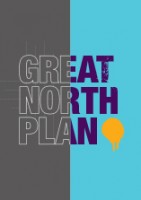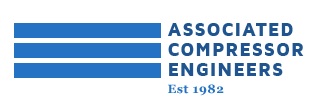 Add My Company
Add My Company
Sign In

Air compressors could have a crucial role to play in the future of high-speed ‘rail’ transport, although there would be no physical rails as such.
Elon Musk’s Hyperloop concept is not entirely new; it has been around since July 2012, and as of January 2015 construction is reportedly beginning on a test track.
It relies on capsules levitating in a near-vacuum, and in Musk’s case the proposal is to use a cushion of air to achieve this levitation.
The very low friction this results in should allow for very high speeds of transport – so where do the air compressors come in?
When a pod travels at very high speed, even in a near-vacuum, it ‘collects’ air in front of it, leading to high pressures; the air compressors built into the pods would pump this air to the rear of the capsule to equalise the pressure.
And a similar proposal, using magnetic levitation, was among the submissions to the Great North Plan compiled recently by IPPR North.
Simon Horton and colleagues proposed that a vacuum train could even link Manchester directly with New York City, with journey times of around four hours.
“Our train is contained within a pipeline under the Atlantic Ocean, running between Manchester and New York City. This pipe will form a perfect vacuum,” they suggested.
“This reduces nearly all causes of friction and drag, enabling both huge speeds, and a completely smooth and silent journey.”
For more information on COULD AIR COMPRESSORS DRIVE FUTURE HIGH-SPEED RAIL? talk to Associated Compressor Engineers
Enquire Now
List your company on FindTheNeedle.

